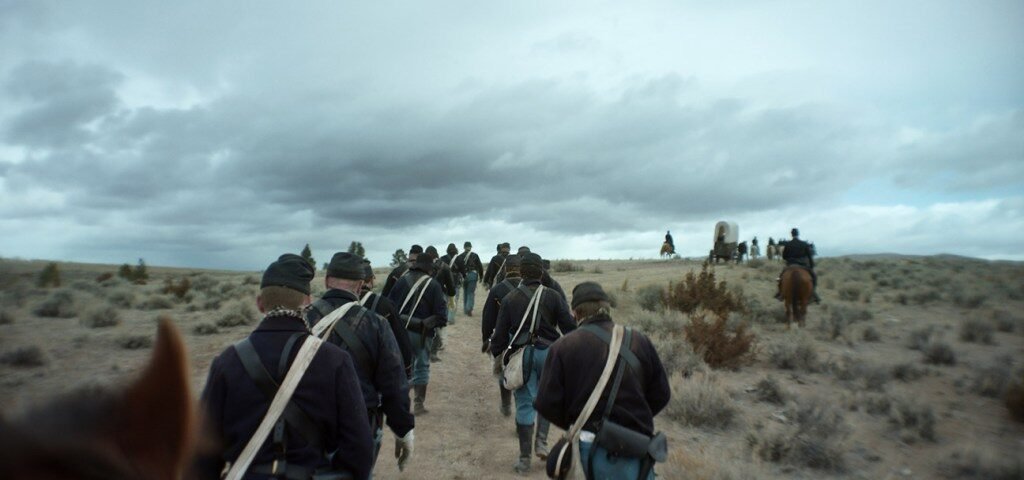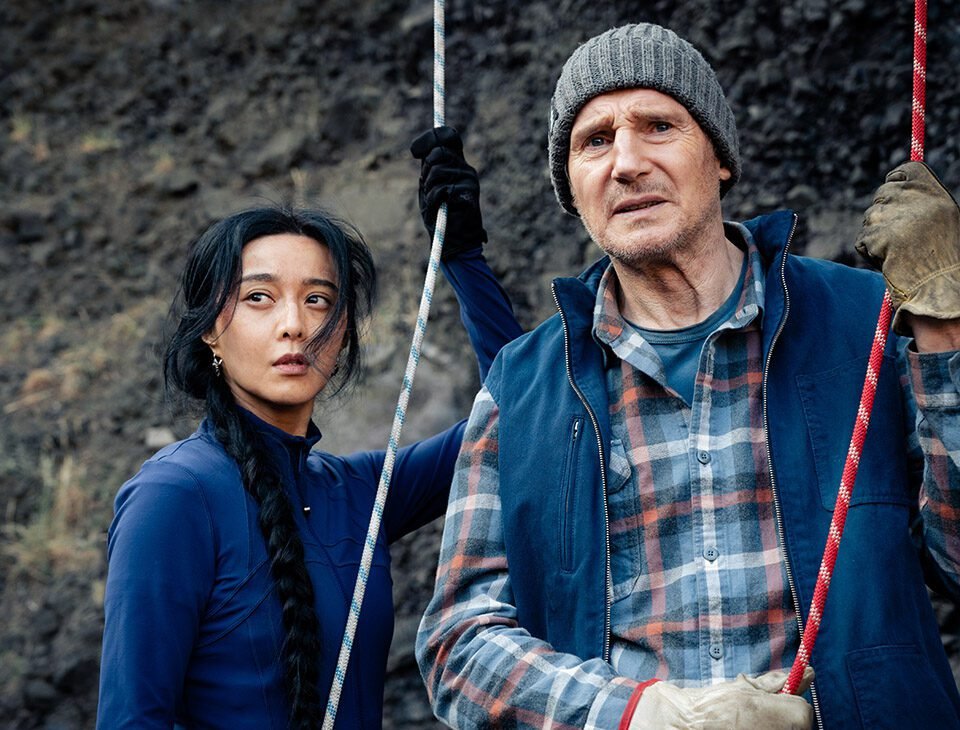


‘On Becoming a Guinea Fowl’ Review: A Smart and Unsettling Zambian Drama Depicts a Family’s Reckoning
May 20, 2024


‘The Girl With the Needle’ Review: A Dark, Urgently Timely Danish Drama About an Unwanted Pregnancy
May 21, 2024Italian-born director Roberto Minervini’s latest feature follows a battalion of Union Army soldiers scouting the West and trying to stay alive.
The Damned
A hauntingly minimalist war reenactment.
Italian filmmaker Roberto Minervini’s artfully crafted movies, which include such works as Stop the Pounding Heart, The Other Side and What You Gonna Do When the World’s on Fire?, have always sat in a murky gray zone separating fiction from documentary.
His latest film, The Damned, is not technically a documentary: It’s set in 1862 at the height of the Civil War and follows a pack of Union soldiers treacherously exploring unmapped territories in the West. And yet, if it were possible to send a camera crew back into the past to capture such an event, the result would be something close to what Minervini delivers in this quietly intoxicating and existentially real war movie.
That light is certainly alluring, with cinematographer Carlos Alfonso Corral (who also composed the music) filming the troops in exquisite shallow-focus compositions where the breathtaking Montana backdrops are slightly blurred. The aesthetic brings to mind Terence Malick’s The New World and Alejandro Iñarritu’s The Revenant — both were shot by the great DP Emmanuel Lubezki — which combined historical realism with an enhanced naturalistic style, finding untold beauty in America’s troubled and violent past.
In some ways, The Damned plays like a low-key, laconic version of those films, where weary men converse with one another about God, or more mundane things, as they wait for death to creep up out of nowhere and take them away. This happens about a half hour into the action, when the soldiers suddenly get ambushed in their encampment, resulting in a lengthy and mesmerizing rifle battle set during twilight. It may be one of the prettiest battle sequences in recent memory.
Who, exactly, is attacking the Union Army is never made clear, and Minervini seems less concerned with historical details than with capturing a certain state of loss and confusion among the troops. “We’re killing other people, other Americans,” one trooper complains to the others, reminding us — in the same vein as Alex Garland’s Civil War, though much less bluntly — that we’re currently living in a divided country.
But as the title states, these soldiers may be damned from the get-go. When we cut back to the original camp at some point, there are only dead bodies left on the ground, in images reminiscent of Matthew Brady’s stunning photographs of Civil War battlefields. Minervini leaves us feeling that, although the Union did of course win the war, their victory would lead America back to where it is now, on the brink of another major schism. As Faulkner famously wrote: “The past is never dead. It’s not even past.”





